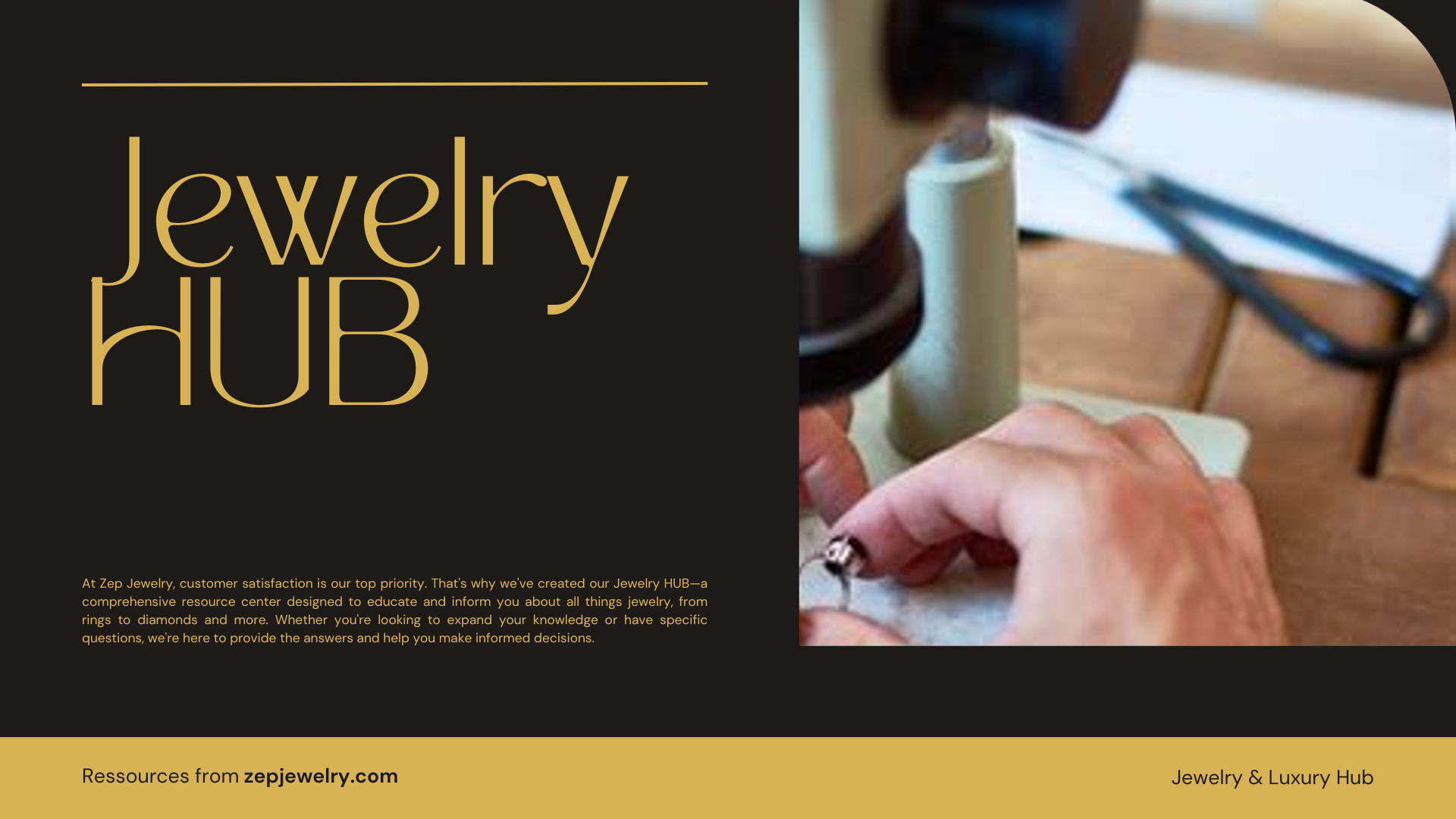Have you ever wondered how a seemingly simple piece of jewelry can hold a treasure chest of value beneath its surface? The world of jewelry appraisals unveils a fascinating journey where each gem and metal undergoes a transformation from mere ornamentation to a quantified treasure. This intricate process not only evaluates the craftsmanship and quality of materials but also uncovers stories hidden within each sparkle. As a trained appraiser meticulously inspects every detail, they weigh beauty against authenticity, preparing to reveal the true worth of your cherished piece, much like a chef discerning the secret flavors of a perfect recipe.
How does the jewelry appraisal process work?
The jewelry appraisal process is a meticulous and systematic method designed to ascertain the true value of a jewelry piece. It starts with an initial assessment where the appraiser conducts a thorough examination of the jewelry, looking for any visible signs of damage, wear, or defects while documenting key details such as the presence of gemstones and the overall condition of the item.
Next, a gemstone evaluation takes place, employing specialized tools and expertise to analyze various characteristics of the gemstones used in the piece. Factors like color, clarity, cut, and carat weight are closely inspected to determine their quality and contribution to the overall value. Following this, a metal analysis is conducted. This crucial stage involves examining the type of metal used—such as gold or platinum—along with any hallmarks, which indicate the metal’s purity. The weight and overall condition of the metal are also measured, as these aspects significantly influence the jewelry’s worth.
Equally important are factors such as craftsmanship and design, which enhance a piece’s value. The appraiser assesses the intricacy of the design, the quality of workmanship, and whether the piece is from a notable jewelry designer or era, as this can impact its desirability and market value. To ensure a comprehensive evaluation, the appraiser also conducts market research by comparing similar pieces currently available, gauging the trends and pricing within the market.
Once all evaluations are completed, the appraiser compiles a detailed formal report. This report outlines the findings and provides a written valuation that encapsulates all aspects of the appraisal process, serving as an official document of the jewelry’s worth.
Why is it important to get jewelry appraised?
Getting jewelry appraised is crucial for various reasons. Firstly, it provides a documented value, which is essential for insurance coverage against theft, loss, or damage; without an appraisal, you may not receive the full value for your jewelry. Secondly, an appraisal can aid in estate planning by giving a clear understanding of your assets. Additionally, it informs you about market fluctuations, materials used, and potential resale value, empowering you to make informed decisions regarding your jewelry collection.
Are jewelry appraisals often inflated, and if so, why?
Yes, many jewelry appraisals, especially those intended for insurance purposes, tend to be inflated—often by as much as 100% above retail value. This inflation occurs to ensure that insured clients can fully replace their piece in the event of a loss, reflecting the retail prices charged by jewelers. However, it’s vital to recognize that this inflated value does not represent what one could realistically expect to receive in the resale market, where prices can be significantly lower.
What qualifications should I look for in a jewelry appraiser?
When seeking a jewelry appraiser, it’s essential to look for certain qualifications that reflect both expertise and credibility. Certified gemologists, preferably with credentials from respected organizations like the Gemological Institute of America (GIA), should be prioritized. Additionally, inquire about their ongoing education in gemology and appraisal techniques. Experience in evaluating various types of jewelry and a solid reputation in the community are also critical indicators of a reliable appraiser.
How frequently should jewelry appraisals be updated and why?
Jewelry appraisals should be updated periodically, generally every two to five years, depending on market fluctuations and changes in jewelry value. Factors such as significant increases in gemstone prices or shifts in fashion can substantially impact worth. Keeping appraisals current ensures adequate insurance coverage and reflects any restorations or changes made to the piece, preventing losses in value that could arise from outdated assessments.
What is the difference between fair market value appraisals and retail replacement value appraisals?
Fair market value appraisals assess what a piece of jewelry could sell for between a willing buyer and seller in its current condition, typically yielding a lower price than retail replacement appraisals. Retail replacement value appraisals, on the other hand, reflect the cost to replace the item in a retail setting, which can be significantly higher and often includes inflation for new items. Understanding the distinction is essential for deciding which appraisal type meets your specific needs, whether it’s for insurance or selling purposes.
Can I trust online jewelry appraisal services?
While online jewelry appraisal services may offer a convenient option, they often lack the personalized and comprehensive analysis done by qualified appraisers. Many instant online tools provide generic estimates based on limited data, which might not capture the unique qualities of your jewelry. For an accurate valuation, particularly if the piece holds considerable worth, it is recommended to seek an in-person appraisal from a certified professional who can evaluate all aspects thoroughly.
